The Transformation of Tauranga
Last week we briefly touched on each of the cities of the North Island and some of their defining characteristics. One of these cities was that of Tauranga – an interesting place with a lot of history and one that has seen incredible growth both recently and over the last couple of decades. This growth is projected to continue and shows no signs of stopping. Generous monetary contribution from the Government is currently funding the expansion and revitalisation of the city to accommodate for its growing population.
The History of Tauranga’s Population Growth
The hectic, bustling city of Tauranga that we see today is not the place it once was. It was only proclaimed a New Zealand ‘city’ in 1963 when its population broke through the designated threshold of 20,000 with the addition of the suburb of Greerton. 12 years prior, Tauranga was only a little more than a third of the size. Due to the population increasing country-wide as more and more people flooded in, many New Zealand settlements attained city status. In response, the Government made the decision in 1989 to raise the population threshold for city status to 50,000. As a result, Tauranga was one of many cities to lose its status. 1970s New Zealand band ‘Split Enz’ would have you believe that History Never Repeats – although when it comes to Tauranga’s rapid ascendance to city status, they’d be wrong.
It only took a few years for the population in Tauranga to surge once again, with the 1996 census revealing 78,000 residents living in the coastal district. The Local Government Act of 2002 gave districts the ability to apply for a formal change of status given that a list of conditions had been met. To this day, Tauranga is still the only city to earn its city status through this process, which occurred in early 2004. This is congruent with my own experience as a child growing up in New Zealand, as I recall being puzzled over why the TV weather reports of the early 2000s didn’t showcase Tauranga alongside the other cities.
In 1961, the Tauranga urban area was ranked sixteenth in size. In 2018 it is now our 5th largest city, overtaking Dunedin last year.
The Numbers Don’t Lie
The New Zealand census takes place every 5 years (so long as an devastating earthquake doesn’t postpone it like in 2011). The population data for the city of Tauranga, when broken down into suburb, shows where the city has expanded in order to accommodate its new residents. Case and point is the southern-most region of Pyes Pa, which has jumped from a modest population of just 534 residents in 1996 to a staggering 6033 residents not even 2 decades later in 2013. Ironically, I was one of them!
Palm Springs in Papamoa also saw huge growth, up from 1704 residents in ’96 to 4206 in 2013. The nearby Gravatt Rd area, that connects Papamoa to Mount Maunganui, saw its population multiply more than tenfold between ’96 and 2001 alone. It doubled again between 2001 and 2006. All of this data and more is available in the ‘Tauranga Statistical Information Report‘ from earlier this year.
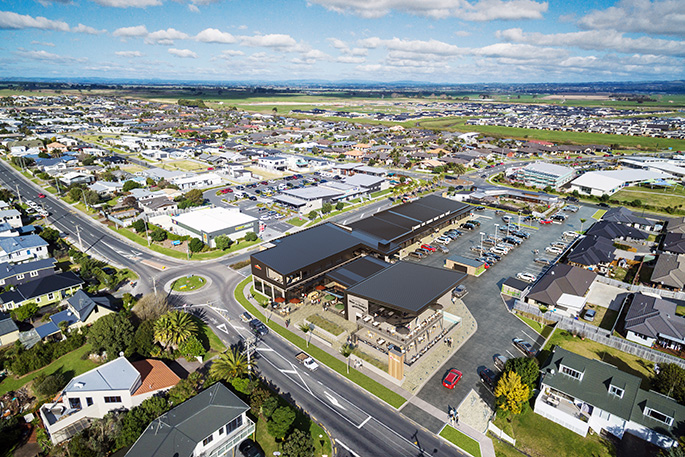
The Excelsa shopping centre in Papamoa – the first stage of which recently opened in response to the increase of residential dwellings in the area.
As one might expect, as the city has become more busy and the available housing has diminished, house prices have skyrocketed to reflect this. In 2014, QV evaluated the average house price in Tauranga to be just over $450,000. Only 4 years later, that average house price is now almost $710,000 – an increase of 57%. Still, this increase doesn’t seem to be deterring people from relocating to Tauranga as Statistics NZ projects that the city will reach 150,000 residents before 2028.
New Projects
There is a LOT happening in Tauranga right now. As more and more people make Tauranga their home and inject money into the local economy, the council and wider Government continue to approve the commencement of more and more projects aimed at better serving the public. It wouldn’t be a stretch to say that the culmination of these projects is going to result in a total transformation of Tauranga. At some point in the not-so-distant future, we may see Tauranga transcend into a bustling hub of activity that may rival the likes of Wellington and Auckland.
Housing
- Tauranga Crossing Expansion – The ambition is that this shopping centre, located near ever-expanding housing subdivision ‘The Lakes’, will rival Tauranga’s largest shopping centre of Bayfair in both size and foot traffic. Being close to Pyes Pa – which is also seeing incredible growth – means there is a real need for a shopping centre of this magnitude. Stage 2, which will bring the total number of specialty stores in the centre up to 90, is slated for completion in April 2019.
- Tauriko West Expansion – 3000 new dwellings will be constructed on the edge of Tauranga City starting between 2022 and 2023. The Tauranga City Council cites the ongoing residential construction boom in Tauranga as one of the reasons for this project, as well as to meet the Government’s requirements for urban land supply as they are considered a ‘growth council’ due to the exponential population rise in the last decade.
Retail
- Bayfair Expansion – Much like the Tauranga Crossing expansion, this project will see the number of stores increase and is scheduled to be completed in stages over the course of 2019.
- CBD Developments – In our previous blog, I mentioned that Tauranga suffered from a less-than-active CBD. New developments are currently underway to address this. The total cost will be $250m in Construction with another $60m+ planned. The end result will be the proliferation of 100 new apartments, 50 new hotel rooms and 700sqm of parking, much to the delight of both the general public and small businesses owners in the area.
Transport
- Tauranga Airport – A $12.7m construction project aimed at revamping the majority of the airport terminal to create more space, better views and improve customer experience overall.
- Tauranga Northern Link (TNL) – A $520m project comprised of multiple parts, the first of which being a transformation of State Highway 2 between Tauranga and Waihi. A further expansion is slated for the near future which will see the road extended to service between Te Puna and Omokoroa.
Education
- University of Waikato TGA CBD Campus – This massive undertaking will improve the options available for students wishing to study via the University of Waikato from Tauranga. Currently, the only option students have is through the Polytechnic, which only supports a limited number of papers and majors. The new campus will contain a “200-seat lecture theatre, a multi-function space, computer labs, and common areas for studying and socialising”.
Thanks for reading this week’s blog. Did I miss any upcoming developments in Tauranga that you feel I should have mentioned? Leave a comment below!
Article by Dario Luca, Marketing Coordinator







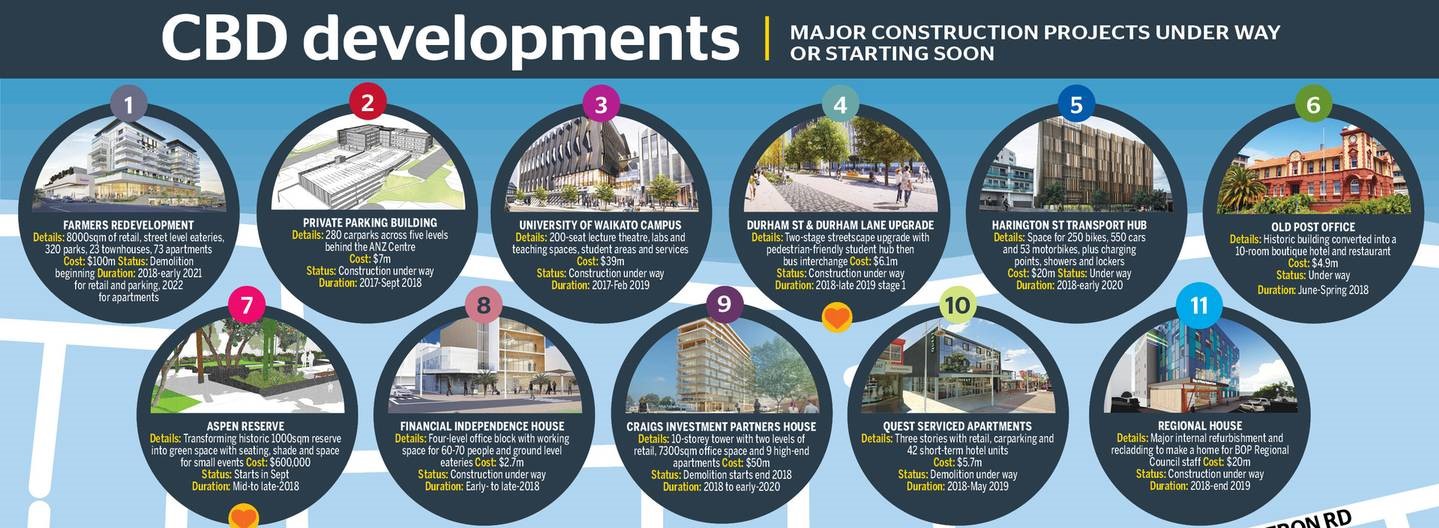
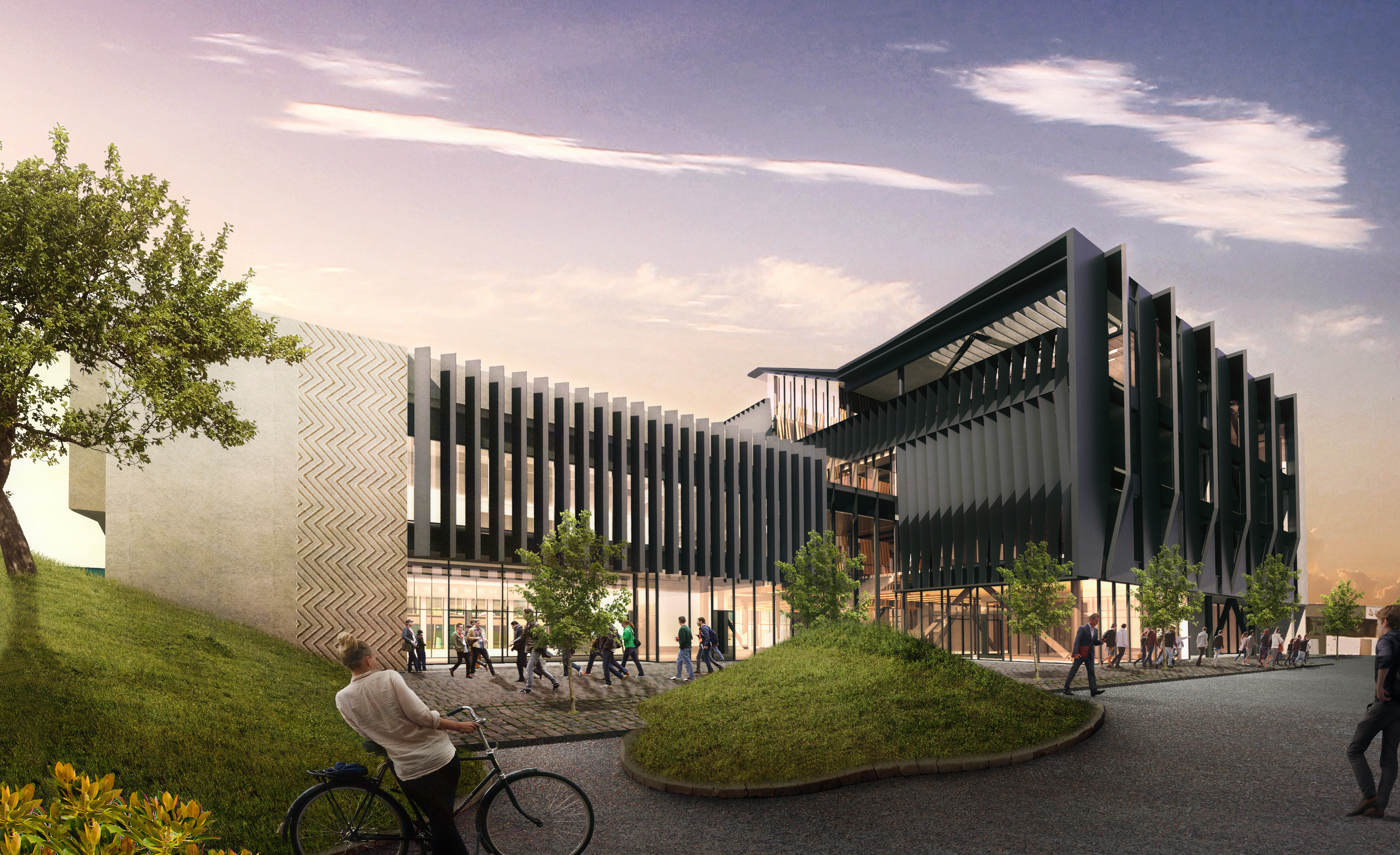
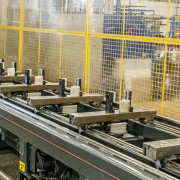

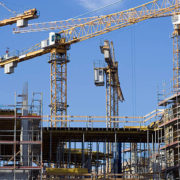
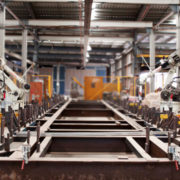






Trackbacks & Pingbacks
[…] industries – while we’re making big strides and our workforce is tackling some multi-million dollar jobs countrywide, there have been concerns raised this year for the future of our engineering and construction […]
Leave a Reply
Want to join the discussion?Feel free to contribute!